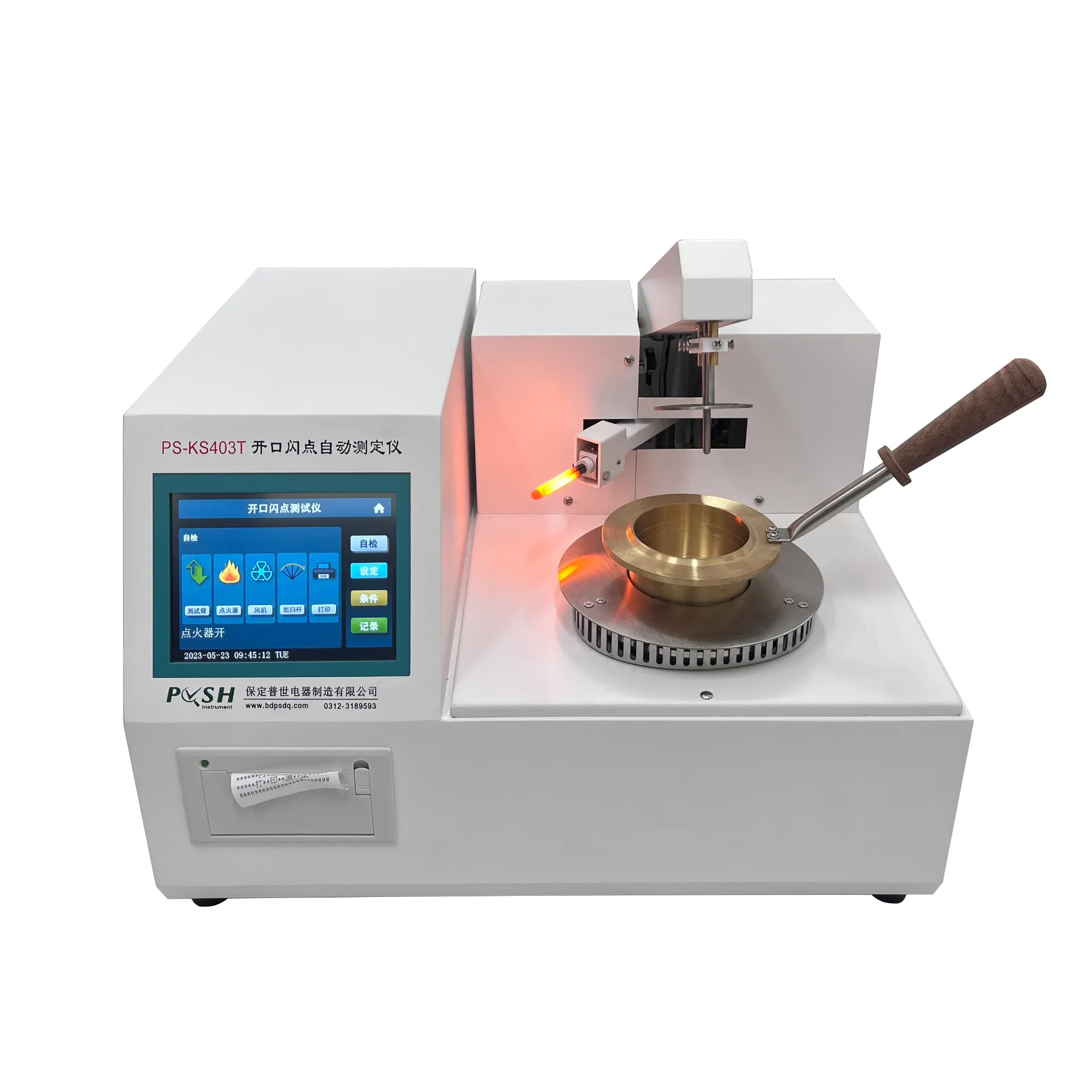TEL:
+86-0312-3189593
 English
English

Telephone:0312-3189593

Email:sales@oil-tester.com

-
 Afrikaans
Afrikaans -
 Albanian
Albanian -
 Amharic
Amharic -
 Arabic
Arabic -
 Armenian
Armenian -
 Azerbaijani
Azerbaijani -
 Basque
Basque -
 Belarusian
Belarusian -
 Bengali
Bengali -
 Bosnian
Bosnian -
 Bulgarian
Bulgarian -
 Catalan
Catalan -
 Cebuano
Cebuano -
 China
China -
 China (Taiwan)
China (Taiwan) -
 Corsican
Corsican -
 Croatian
Croatian -
 Czech
Czech -
 Danish
Danish -
 Dutch
Dutch -
 English
English -
 Esperanto
Esperanto -
 Estonian
Estonian -
 Finnish
Finnish -
 French
French -
 Frisian
Frisian -
 Galician
Galician -
 Georgian
Georgian -
 German
German -
 Greek
Greek -
 Gujarati
Gujarati -
 Haitian Creole
Haitian Creole -
 hausa
hausa -
 hawaiian
hawaiian -
 Hebrew
Hebrew -
 Hindi
Hindi -
 Miao
Miao -
 Hungarian
Hungarian -
 Icelandic
Icelandic -
 igbo
igbo -
 Indonesian
Indonesian -
 irish
irish -
 Italian
Italian -
 Japanese
Japanese -
 Javanese
Javanese -
 Kannada
Kannada -
 kazakh
kazakh -
 Khmer
Khmer -
 Rwandese
Rwandese -
 Korean
Korean -
 Kurdish
Kurdish -
 Kyrgyz
Kyrgyz -
 Lao
Lao -
 Latin
Latin -
 Latvian
Latvian -
 Lithuanian
Lithuanian -
 Luxembourgish
Luxembourgish -
 Macedonian
Macedonian -
 Malgashi
Malgashi -
 Malay
Malay -
 Malayalam
Malayalam -
 Maltese
Maltese -
 Maori
Maori -
 Marathi
Marathi -
 Mongolian
Mongolian -
 Myanmar
Myanmar -
 Nepali
Nepali -
 Norwegian
Norwegian -
 Norwegian
Norwegian -
 Occitan
Occitan -
 Pashto
Pashto -
 Persian
Persian -
 Polish
Polish -
 Portuguese
Portuguese -
 Punjabi
Punjabi -
 Romanian
Romanian -
 Russian
Russian -
 Samoan
Samoan -
 Scottish Gaelic
Scottish Gaelic -
 Serbian
Serbian -
 Sesotho
Sesotho -
 Shona
Shona -
 Sindhi
Sindhi -
 Sinhala
Sinhala -
 Slovak
Slovak -
 Slovenian
Slovenian -
 Somali
Somali -
 Spanish
Spanish -
 Sundanese
Sundanese -
 Swahili
Swahili -
 Swedish
Swedish -
 Tagalog
Tagalog -
 Tajik
Tajik -
 Tamil
Tamil -
 Tatar
Tatar -
 Telugu
Telugu -
 Thai
Thai -
 Turkish
Turkish -
 Turkmen
Turkmen -
 Ukrainian
Ukrainian -
 Urdu
Urdu -
 Uighur
Uighur -
 Uzbek
Uzbek -
 Vietnamese
Vietnamese -
 Welsh
Welsh -
 Bantu
Bantu -
 Yiddish
Yiddish -
 Yoruba
Yoruba -
 Zulu
Zulu
Ақп . 10, 2025 23:55
Back to list
Transformer insulation oil breakdown voltage tester bdv
Understanding the intricate layers of transformer models, particularly through evaluating their performance with a PI test (Performance and Integration test), reveals the sophistication and meta-detail surrounding their functionality. Transformers, the backbone of modern natural language processing tasks, have rapidly emerged as pivotal in the fields of AI and deep learning. Showcasing a blend of experience, expertise, authoritativeness, and trustworthiness in evaluating PI tests is crucial for product developers and AI enthusiasts keen on delving into the nuances of transformer capabilities.
Expertise in PI testing also mandates a dive into debugging and model evaluation techniques, such as employing confusion matrices for classification tasks or harnessing BLEU scores for translation tasks. This phase of the test has profound implications for how businesses could leverage transformers to achieve accurate results in areas like sentiment analysis or customer interaction modeling. Building trustworthiness through transformer tests is equally vital. It necessitates a transparent approach where thorough documentation accompanies model evaluations. This transparency ensures stakeholders understand the decisions made by the model, reassuring users through explainable AI. Utilizing open-source tools and frameworks that promote collaborative scrutiny can further cement this trust. Furthermore, deriving actionable insights from PI tests can foster an environment conducive to continual learning and improvement. Establishing feedback loops that glean from real-world applications of transformers serves to refine their performance continually and expand their integration scope. As AI continues to infuse multiple domains, the PI test of transformers becomes a cardinal element in evaluating the infrastructure's readiness to adopt such technologies. Teams that implement rigorous PI testing protocols position themselves as leaders in innovation and reliability, proving their solutions are both cutting-edge and dependable. By emphasizing experience, expertise, authoritativeness, and trustworthiness, product leaders can cultivate a robust framework that equips their organizations to maximize the transformative potential of transformers in an era increasingly defined by intelligent automation and interaction.


Expertise in PI testing also mandates a dive into debugging and model evaluation techniques, such as employing confusion matrices for classification tasks or harnessing BLEU scores for translation tasks. This phase of the test has profound implications for how businesses could leverage transformers to achieve accurate results in areas like sentiment analysis or customer interaction modeling. Building trustworthiness through transformer tests is equally vital. It necessitates a transparent approach where thorough documentation accompanies model evaluations. This transparency ensures stakeholders understand the decisions made by the model, reassuring users through explainable AI. Utilizing open-source tools and frameworks that promote collaborative scrutiny can further cement this trust. Furthermore, deriving actionable insights from PI tests can foster an environment conducive to continual learning and improvement. Establishing feedback loops that glean from real-world applications of transformers serves to refine their performance continually and expand their integration scope. As AI continues to infuse multiple domains, the PI test of transformers becomes a cardinal element in evaluating the infrastructure's readiness to adopt such technologies. Teams that implement rigorous PI testing protocols position themselves as leaders in innovation and reliability, proving their solutions are both cutting-edge and dependable. By emphasizing experience, expertise, authoritativeness, and trustworthiness, product leaders can cultivate a robust framework that equips their organizations to maximize the transformative potential of transformers in an era increasingly defined by intelligent automation and interaction.
Previous:
Latest news
-
Testing Equipment Industry Sees Major Advancements in 2025: Smart & Precision Technologies Lead the WayNewsJun.06,2025
-
Applications of Direct Current Generators in Renewable Energy SystemsNewsJun.05,2025
-
Hipot Tester Calibration and Accuracy GuidelinesNewsJun.05,2025
-
Digital Circuit Breaker Analyzer Features and BenefitsNewsJun.05,2025
-
Benefits of Real-Time Power Quality Monitoring Devices for Industrial EfficiencyNewsJun.05,2025
-
Earth Fault Loop Testing in High-Rise Building Electrical SystemsNewsJun.05,2025



